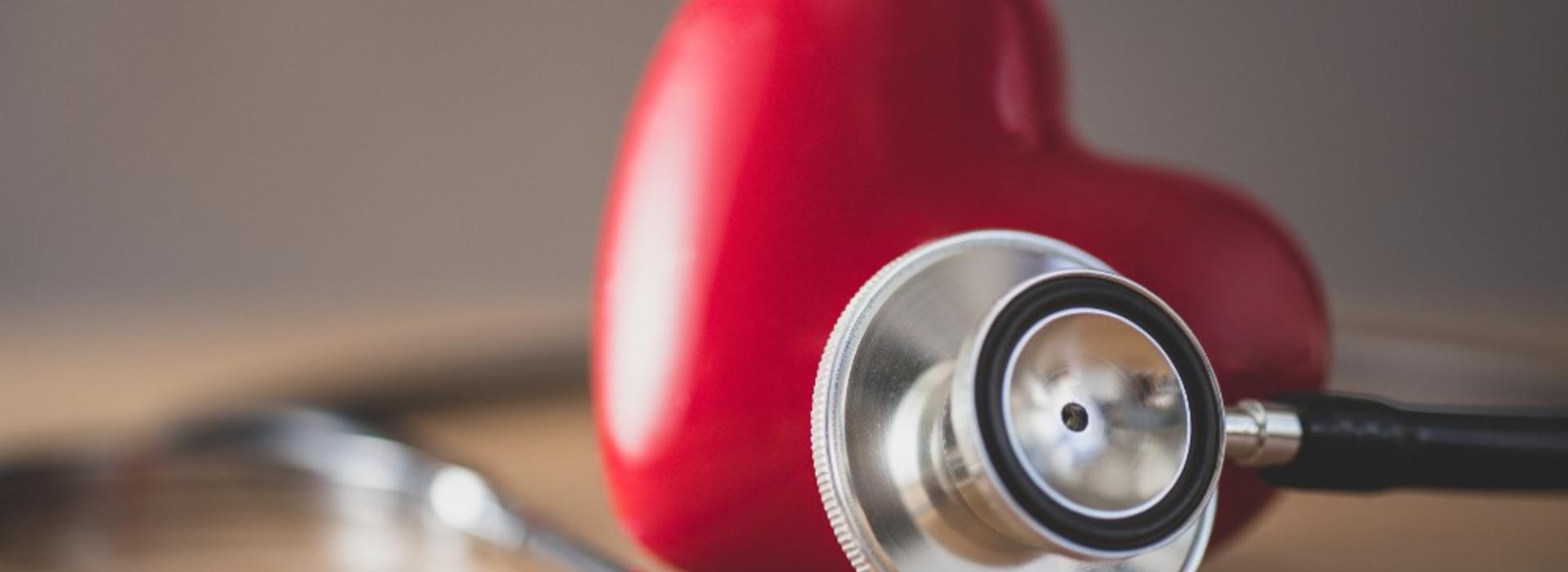
Research Brief: Study finds two protein pathways downregulated in postnatal heart
MINNEAPOLIS/ST. PAUL (08/04/2022) — Published today in Stem Cell Reports, researchers from the University of Minnesota Medical School discovered two signaling pathways that are downregulated in human hearts after birth. These pathways, mitogen-activated protein kinase (MAPK) and phosphoinositide 3-kinase (PI3K)–AKT, lead to maturation of heart cells, allowing them to adapt functionally to their postnatal role. The researchers showed that manipulating these pathways enabled better outcomes in experiments to generate cardiac myocytes, the beating cells of the heart, in vitro from pluripotent stem cells.
Heart disease is one of the leading causes of death worldwide, partially because the adult human heart does not have any heart stem cells allowing it to regenerate after damage. Induced pluripotent stem cells, which are undifferentiated human stem cells derived by reprogramming of adult cells and typically cells from skin tissue, can be made to differentiate into cardiac myocytes in vitro, but they preferentially make immature versions of these cells. This essentially makes fetal-type cells rather than post-natal cardiomyocytes. The inability to generate mature cardiomyocytes has hindered the development of cell therapy for heart disease as well as the generation of cells for the in vitro study of cardiac physiology and toxicology.
“The last decade has seen an explosion in research to produce human cardiac myocytes from pluripotent stem cells,” said Bayardo Garay, a graduate student in the Medical Scientist Training Program. “Our study advances these efforts by providing a practical way to generate cells that are relevant to human disease.”
To discover these two pathways, the investigators mined previously published genomic data on cardiomyocytes from different stages of development. "Maturation of stem cell-derived somatic cells in a dish is difficult to achieve, but is critical for the generation of human in vitro models of health and disease,” said Brenda Ogle, PhD, Professor and Head of the Department of Biomedical Engineering and director of the Stem Cell Institute. “This work cleverly utilizes existing data to identify novel pathways that control cardiomyocyte maturation and that can be easily manipulated with small molecules to accelerate cardiomyocyte maturation."
Researchers conclude that suppression of the MAPK and PI3K–AKT pathways on in vitro-derived human cardiomyocytes for only five days results in enhanced maturity in many domains. According to the study’s corresponding author, Rita Perlingeiro, PhD, of the Cardiology Division/Department of Medicine, “this multidisciplinary work is the fruit of the university’s investment in collaborative science, and brings the cells we can produce in the lab significantly closer to being clinically relevant to cardiac disease in humans.”
The project was supported by grants from the National Institutes of Health and the American Heart Association. The project also received seed funds from the University of Minnesota Lillehei Heart Institute and the Institute for Engineering in Medicine Group Grant. The University of Minnesota University Imaging Centers also supported the work with resources and staff.
-30-
This project was supported by NIH grants R01 AR071439 and AR078571, (R.C.R.P.), R01 HL104025 and HL106592 (S.C.D.), R01 HL155993 (J.V.B.), NHLBI R01 HL137204 (B.O.), R01 AR055685 (M.K.), T32 HL144472-01A1 (J.B.); NSF grants GFRP (S.G.), and CMMI-1553255 (P.W.A.), and predoctoral fellowship from the American Heart Association (T.R.). B.I.G. was supported by NHLBI F30 HL151138 and NIGMS T32 GM008244. This project also received seed funds from the University of Minnesota Lillehei Heart Institute (R.C.R.P.) and the Institute for Engineering in Medicine (IEM) Group Grant (B.O.). This work was also supported by the resources and staff at the University of Minnesota University Imaging Centers (UIC), SCR_020997.
About the University of Minnesota Medical School
The University of Minnesota Medical School is at the forefront of learning and discovery, transforming medical care and educating the next generation of physicians. Our graduates and faculty produce high-impact biomedical research and advance the practice of medicine. We acknowledge that the U of M Medical School, both the Twin Cities campus and Duluth campus, is located on traditional, ancestral and contemporary lands of the Dakota and the Ojibwe, and scores of other Indigenous people, and we affirm our commitment to tribal communities and their sovereignty as we seek to improve and strengthen our relations with tribal nations. For more information about the U of M Medical School, please visit med.umn.edu.